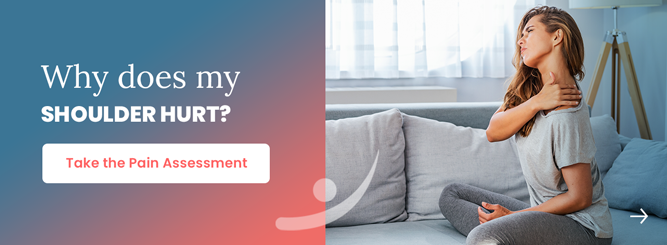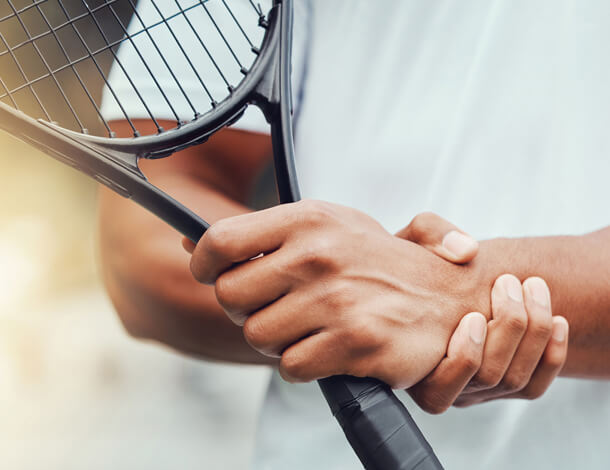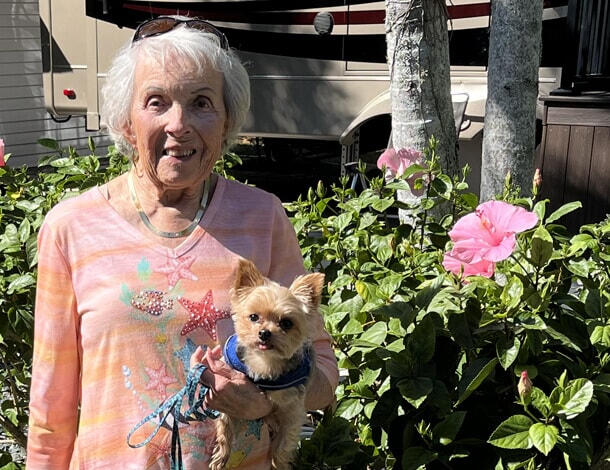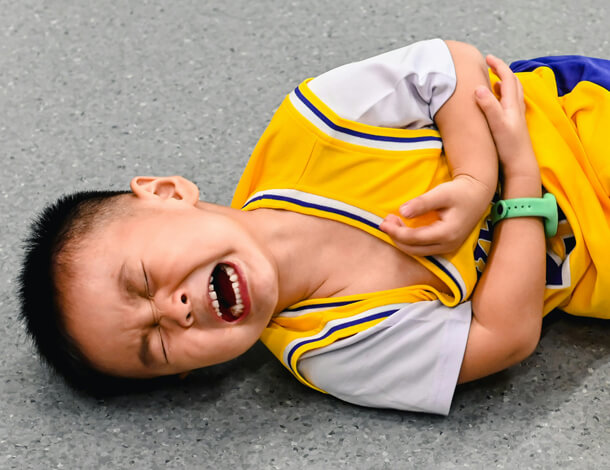When Is a SLAP Repair Needed for a Shoulder Labrum Tear?
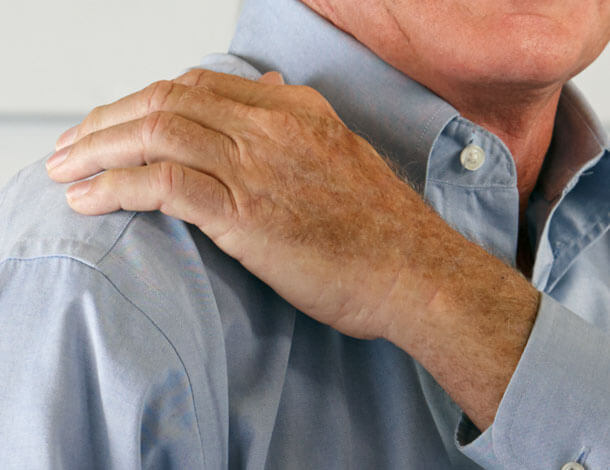
A shoulder labrum tear is a painful injury that can make it hard to move your arm, limiting your ability to do routine tasks. Without treatment, the tear could lead to persistent pain and more severe shoulder complications.
Keep reading to learn more about shoulder labrum tear causes, symptoms, and effective treatments, including surgery and when it may be needed to repair your shoulder and restore your quality of life.
What Is a Shoulder Labrum Tear?
A shoulder labrum tear (also referred to as a superior labrum anterior and posterior (SLAP) tear) is an injury to the shoulder’s labrum. The labrum is the ring of cartilage (strong, fibrous tissue) surrounding the shoulder joint socket.
The labrum helps stabilize the shoulder joint and acts as an attachment point for the shoulder ligaments and one of the tendons from the biceps muscle.
When a SLAP tear occurs, the top part of the labrum is injured, and the tear occurs both in the front (anterior) and back (posterior) of the attachment point. The biceps tendon can also be affected during the injury.
Causes of a Shoulder Labrum Tear
An acute SLAP tear can be caused by a sudden trauma event like a hard fall, which is more common in younger people and athletes. SLAP injuries can also stem from shoulder overuse that happens over time due to a person’s job or the normal process of aging.
Some of the most common causes include:
- Car accidents
- Falls onto outstretched arms
- Forceful pulling on arms (e.g., trying to catch a heavy object)
- Forceful movements of arms when raised
- Shoulder dislocations
- Sports that require repetitive overhead motions (e.g., weightlifting, swimming, baseball)
- Jobs that require repetitive overhead motions (e.g., warehouse work, package delivery)
- Normal wear and tear from aging
Symptoms of a SLAP Tear
The symptoms of a SLAP tear vary based on the type of injury and its severity. Many of the symptoms are also similar to other common shoulder problems, making diagnosis from a shoulder specialist crucial.
The most common symptoms of a shoulder labrum tear include:
- Pain when moving your shoulder or holding it in certain positions
- Pain when lifting objects, especially overhead
- Decreased range of motion
- A popping, catching, or grinding feeling
- Decreased shoulder strength (pitchers may notice their throwing power decrease)
- A feeling of instability (like your shoulder might “pop out” of its joint)
How Do You Fix a SLAP Tear?
In most cases, a SLAP tear can be successfully treated without surgery. Nonsteroidal anti-inflammatory drugs (NSAIDs) like ibuprofen or naproxen may be administered to reduce pain and swelling as the tear heals.
Therapy is usually recommended to restore movement, strengthen the shoulder, and reduce pain. A qualified occupational therapist will develop a personalized plan that includes flexibility and range-of-motion exercises to be done over a matter of weeks or months, depending on the injury.
SLAP Repair Surgery
If your pain doesn’t improve with nonsurgical treatments or the injury is severe enough to affect your shoulder stability, a SLAP repair procedure may be recommended to fix the shoulder labrum tear.
The technique most commonly used to repair a SLAP injury is arthroscopy, during which the surgeon inserts a tiny camera (an arthroscope) into the shoulder joint. The surgeon can then see the inside of the shoulder on a monitor and assess the injury using tiny surgical tools.
Once they’re inside the shoulder and can see the full extent of the SLAP injury, the surgeon will decide how to repair it. Sometimes, they may need to remove the torn part of the labrum or reattach it using sutures. In other cases, shoulder labrum tears don’t require repair, and the surgeon will instead release the biceps tendon attachment to relieve the pain.
Recovering From SLAP Repair
After surgery, you’ll need to stabilize your shoulder to ensure it heals correctly. A sling may be recommended for a few weeks after surgery. The length of time it needs to be worn depends on the injury’s severity and the surgery’s complexity.
Once pain and swelling have gone down after the procedure, therapy will typically begin on the shoulder to increase flexibility and strength, improve range of motion, and prevent stiffness.
Results generally are very good for most patients after a SLAP repair, but recovery times can vary because each person’s injury and personal health are a little different. With a complicated injury and repair, full recovery might take several months. Follow your surgeon’s guidelines and rehabilitation plan for the best possible outcome.
Keep in mind that ignoring a shoulder labrum tear and failing to seek treatment may lead to ongoing pain and shoulder issues. Consult a shoulder specialist for the care and relief you need to return to normal activities without pain.
Trust the Experts at Indiana Hand to Shoulder Center
Your road to recovery from shoulder problems starts today, with complete care from Indiana Hand to Shoulder Center’s world-renowned group of shoulder surgeons, advanced practice providers, and shoulder therapists.
The physicians at IHTSC have extensive training and experience in evaluating and diagnosing shoulder problems to determine the best treatment plan. We aim to treat your problem in the least invasive manner to relieve pain and enhance your lifestyle.
